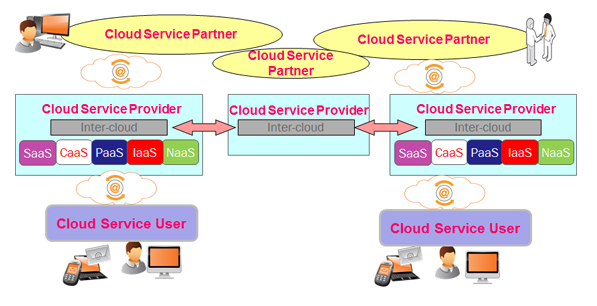Even though cloud services use web technologies, new solutions offered by cloud providers are now considered at least partially proprietary. For two years, organizations have been working on new cloud computing standards in the fields of platform architecture, resource virtualization management, and data portability and security.
In this post, I talk about the need for and current progress of these efforts.
why do we need cloud standards?
Clouds mainly use standards developed for the Internet (IP, HTML) and service-oriented integration architecture (eg, web services). But the rapid development of cloud computing—now offered on a global scale by various IT/telecoms companies—has generated a need for open standards.
Priority issues include:
- interoperability and portability of virtual machines and data formats: cloud providers’ virtual machines must be interoperable and portable from one provider platform to another
- management and software license agreements (SLAs): cloud providers must be able to flexibly manage services/resources according to demand, unite entities and offer SLAs
- data security and protection: cloud providers must guarantee data protection and risk prevention, operational continuity and disaster recovery management, identity security and data location (in compliance with privacy laws and regulations in various countries)

organizations working on cloud standards
Currently, several public and private international organizations are involved in cloud computing standards. A list of these organizations and their positions within the cloud industry is shown in the figure below:

These organizations are working on different areas, ranging from definition and architecture to resource management, security, networks and the Intercloud. Here are some initial results from their work:
- ITU-T: Focus Group on Cloud Computing Technical Report
- ISO/DMTF: Open Virtual Format, an open-format tool for packaging and distributing software in a virtual machine
- SNIA: Cloud Data Management Interface
- DMTF: Cloud Infrastructure Management Interface, a new interface for virtual machine management
- CSA: Security Guidance guides for cloud security
Although we are starting to see some interesting results in the definition, architecture and interfaces of cloud infrastructure management, major standards are still two to three years away.
Jamil
Read also:
Last March, I answered a few questions from Joe Fernandez on standardization. Check out the interview in "Why cloud standardization needs to evolve".
